July 15, 2022
I’ve recently returned from soaking in isolation at the East Fork of the Black River near Alpine, Arizona, a forested place of steep volcanic talus and blue spruce, of lichen-draped fir and basalt, of knee-deep ferns and raspberry where you can smell the cauliflower mushrooms growing to the size of your head.
Just me and the birds...and my flyrod.
I rose from my sleeping bag each morning to the haunting calls of hermit thrushes, an ethereal fluting of twirling phrases that threaded its way through the dripping forest. A sound out of the Jurassic. And unheard in my yard where the thrushes visit in winter and all they manage is a low, dry chup, chup.
As I brewed a cup of Miner’s Blend, other birds voiced their presence: The hoarse whistles of white-breasted nuthatches and wheezes of Steller’s jays. The air-piercing keews of flickers calling from dead snags. Green-tailed towhees trilled and warblers churree-churried from the willow and alder thickets.
Many birds, I realized, I hadn’t seen since spring or fall migration when they came through my Bisbee yard. It was as if I’d followed them north to their summer home.
But I was also at the East Fork for the trout. Carrying my refurbished vintage split-bamboo and new Sage One flyrods, I spent a day hiking the rugged, talus-choaked upper river from Three Forks, fishing the pools and beaver ponds and ducking into the trees during thunderstorms.
Brown trout country.
On other days, I worked the lower river near my campsite for native Apache trout, Arizona’s state fish and proud recovery story.
Years ago, the nearby White Mountain Apache Tribe recognized the importance of the fish and began protecting the streams under their sacred Mount Baldy that still held pure populations. Working with the Arizona Game and Fish Department and the US Forest Service, the tribe studied the status and ecology of the fish and identified possible places to reintroduce the species into its former range. A propagation program began in 1962, and in two decades biologists had grown a healthy brood stock from wild-caught Apache trout. The tribe started planting their offspring in a few reservation streams and lakes. The program was so successful that AGFD officials began replacing rainbow trout—a non-native competitive fish—with Arizona’s native trout in places like the East Fork.
I remember when the change came. Instead of pulling Crayola-flanked fish out of these high mountain waters, I began hooking golden-hued gems. Instead of the white flesh of rainbows, I tasted the rich pink meat of trout fortified with aquatic insects.
Today, the ice chest brims with trout, and I watch for the birds. I’ve visited them at their summer home and wait for them to answer my invitation to stop by my place. And now, unbelievably, I’m drawn to a familiar sound coming from the elderberry tree. A sound I haven’t heard in the yard since last March, the nasal yank, yank, yank of a white-breasted nuthatch.
A bit of magic from the East Fork has followed me home.
Thanks for supporting and sharing the Big Yard!




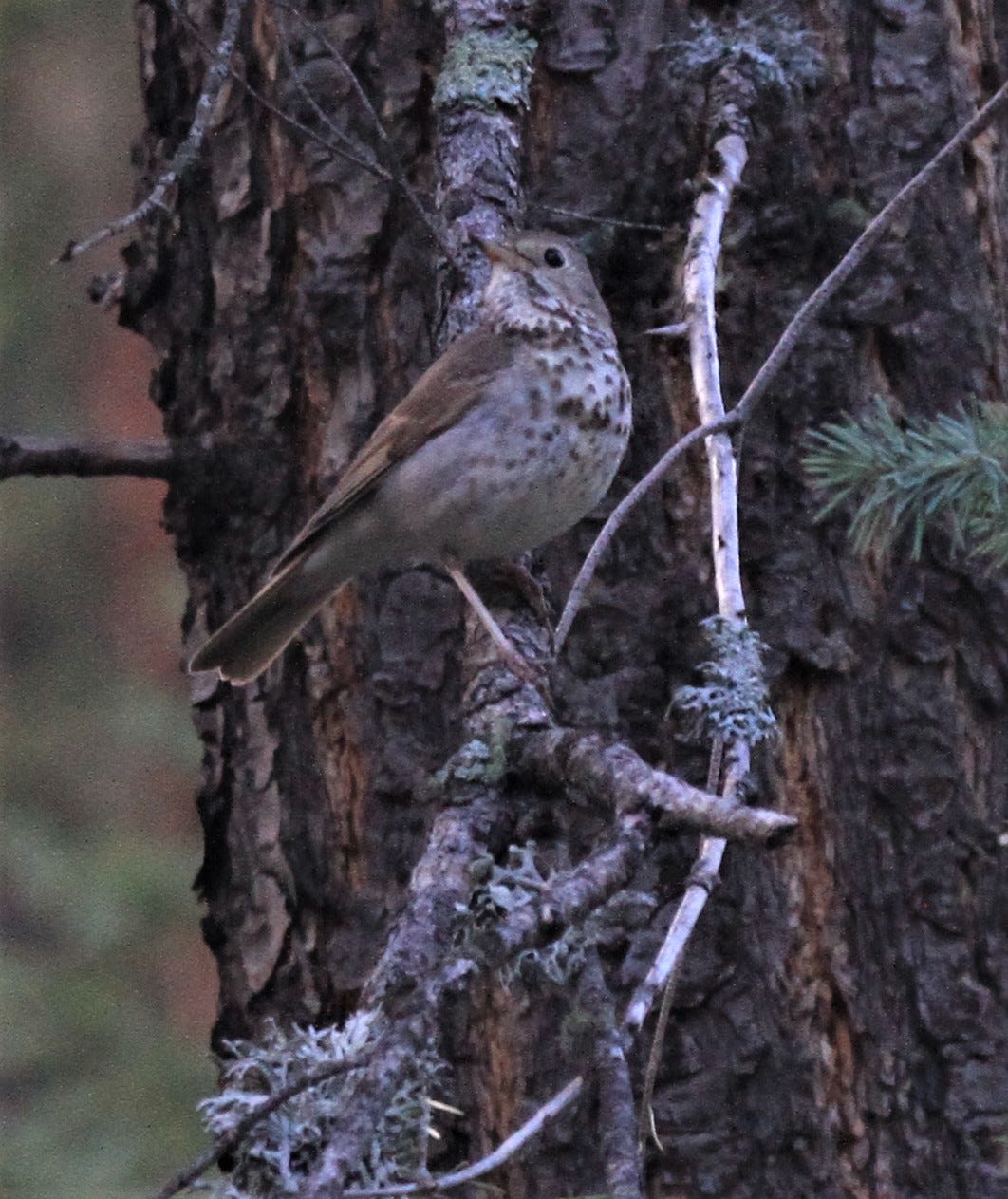
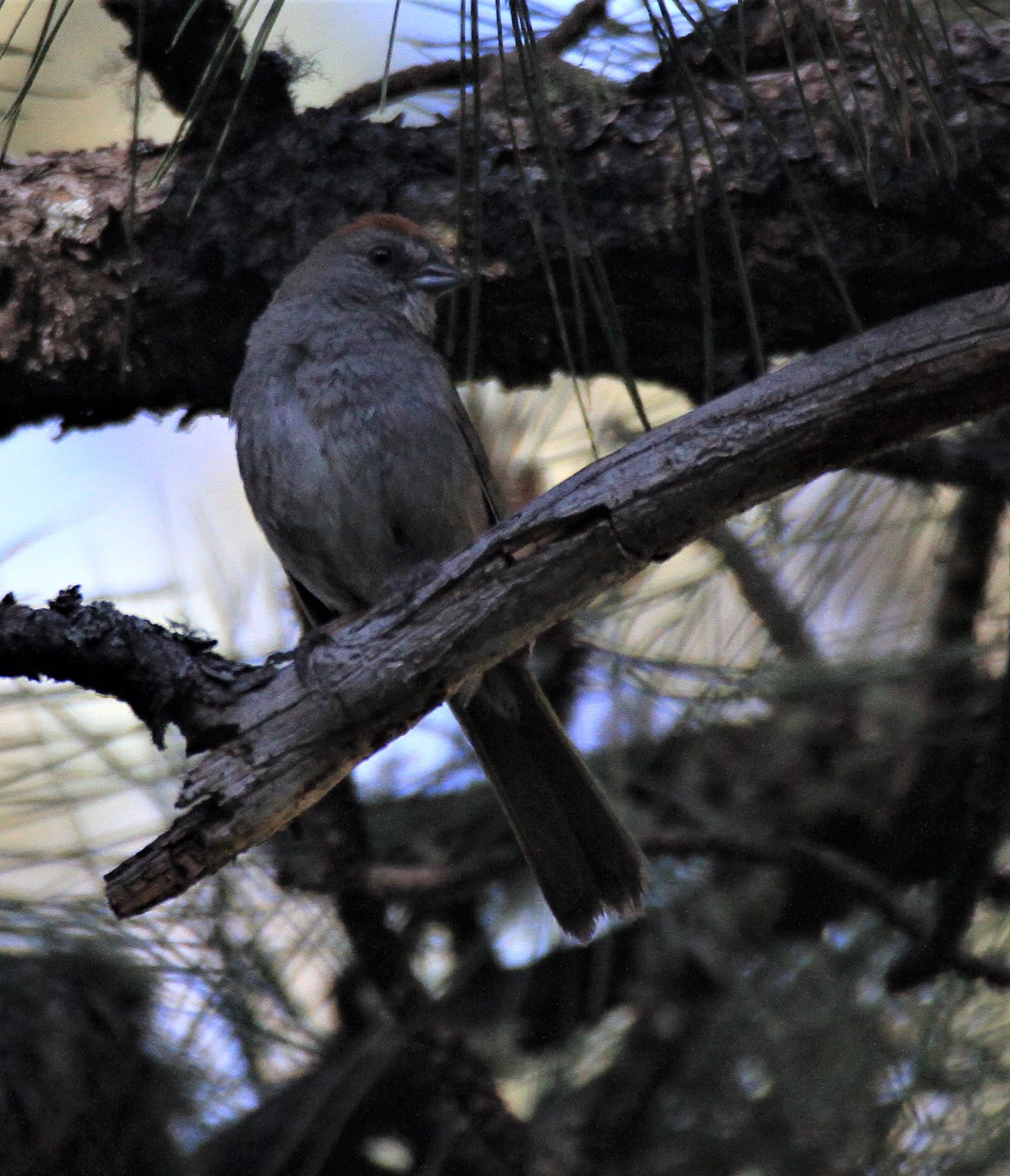
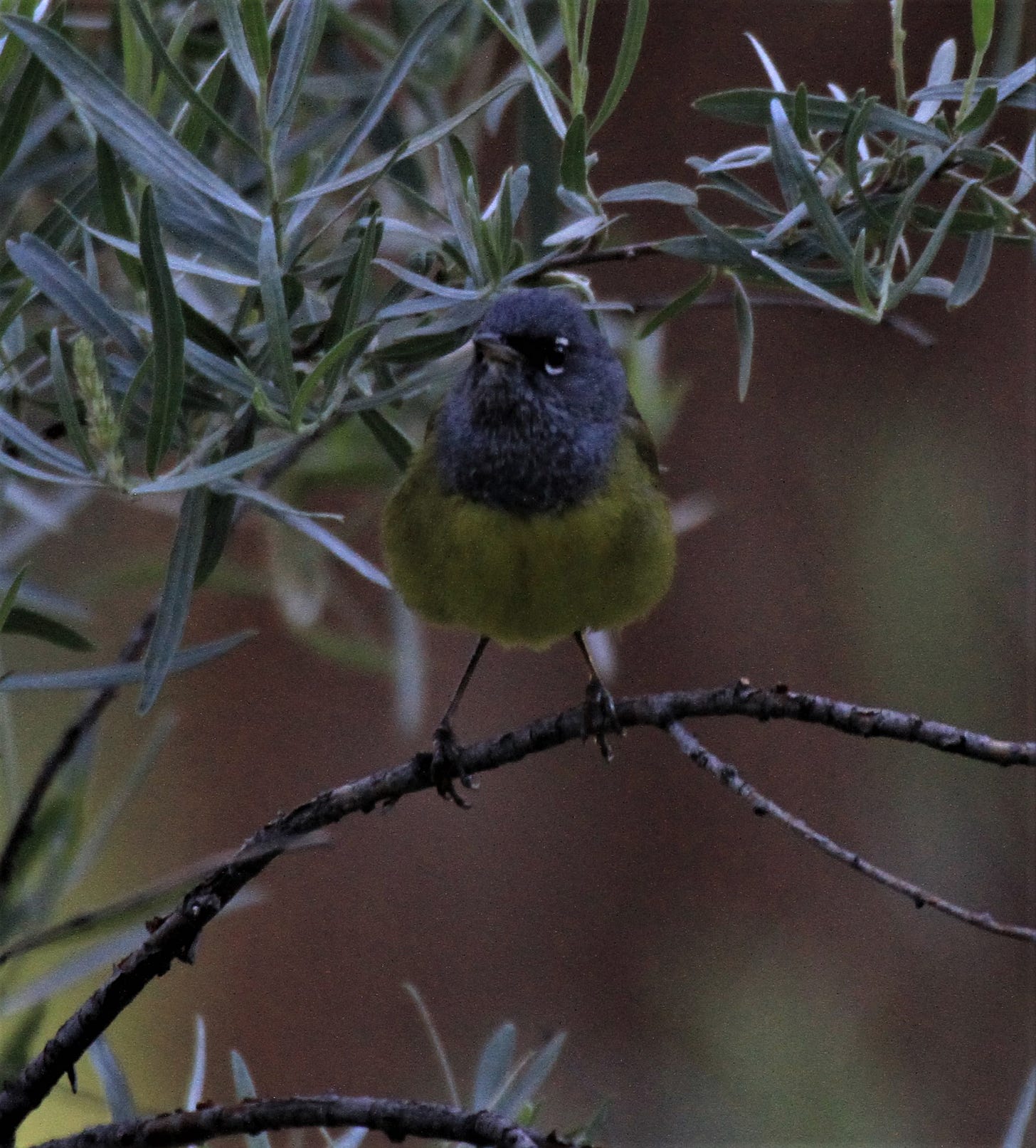
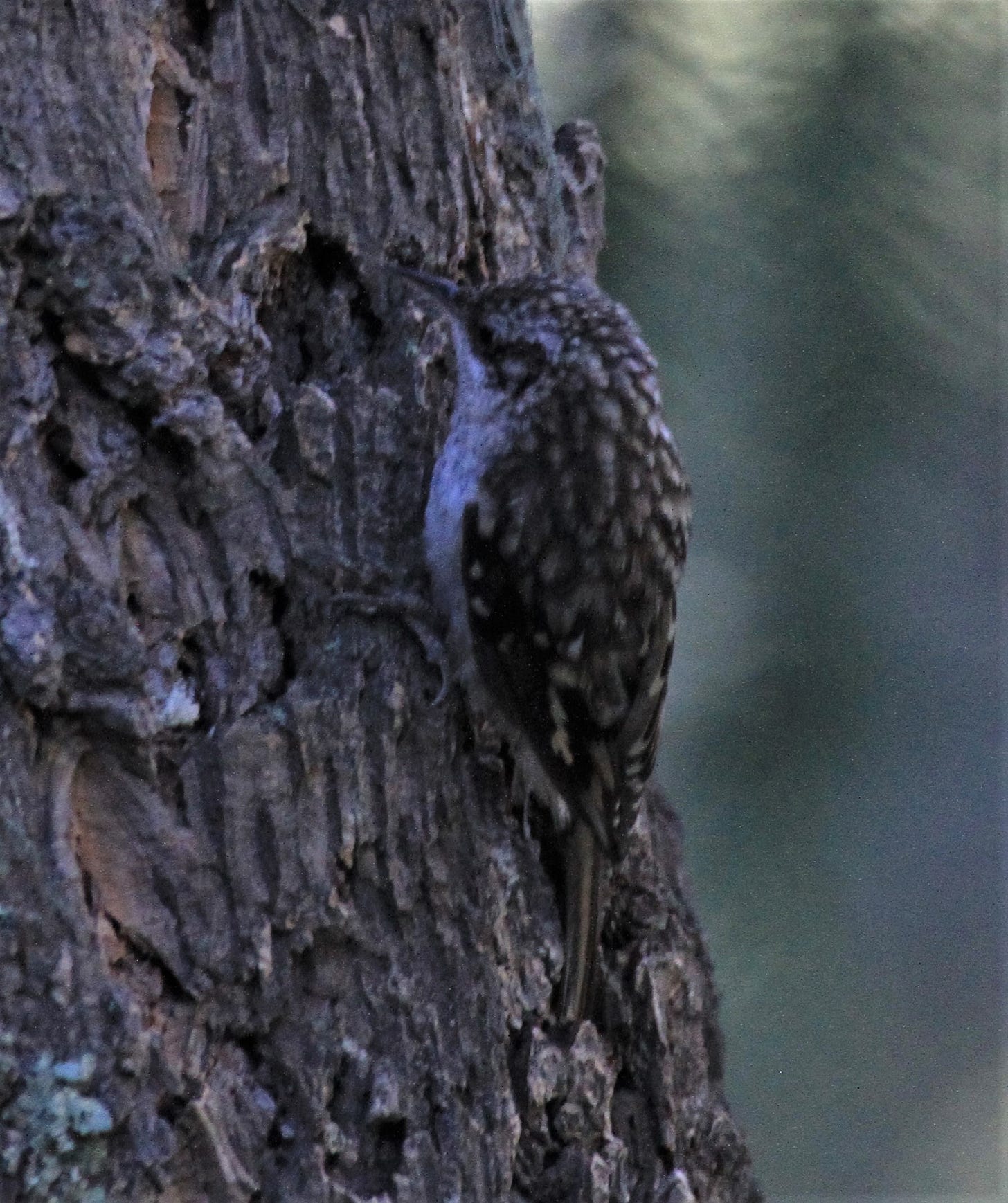
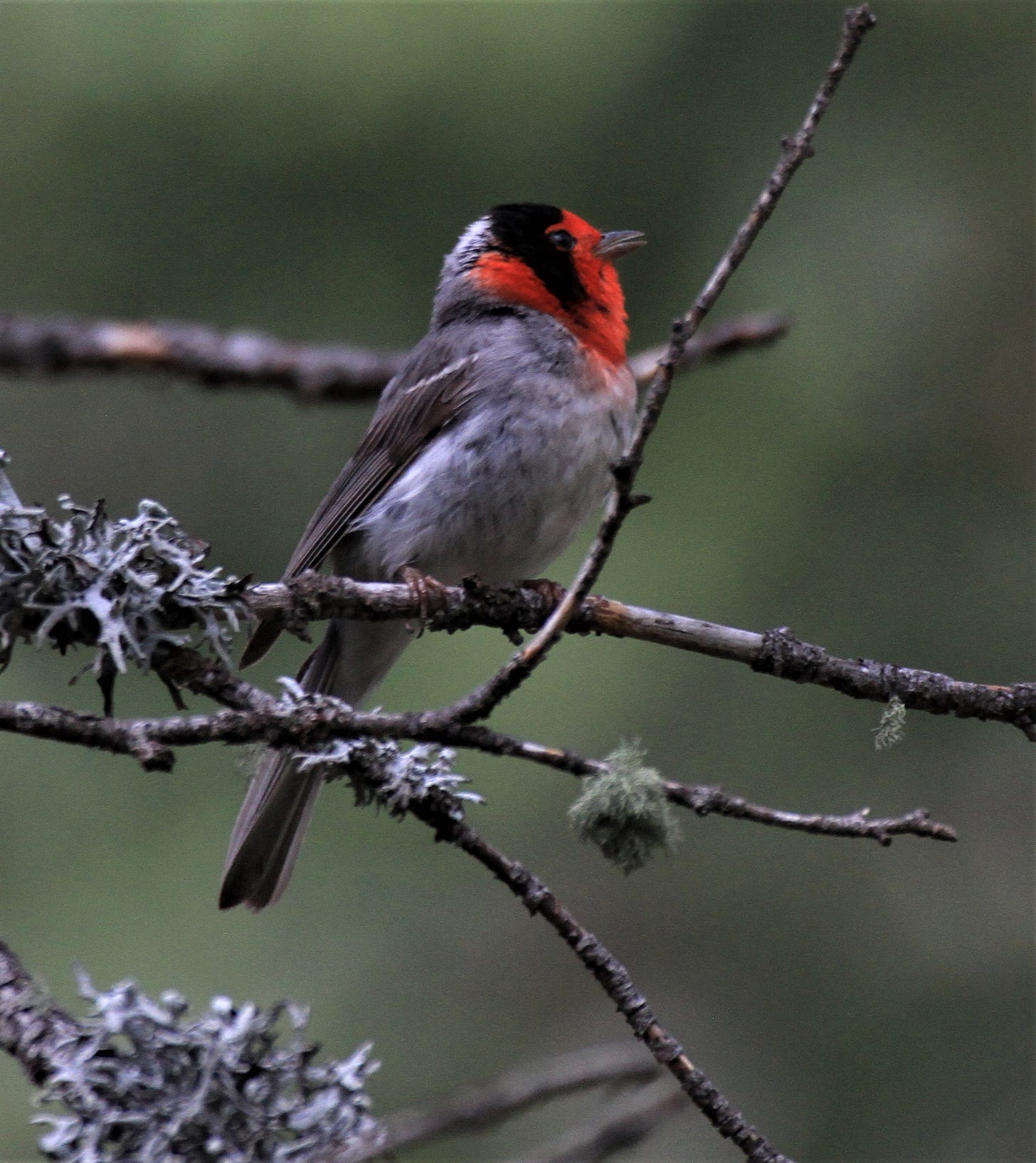
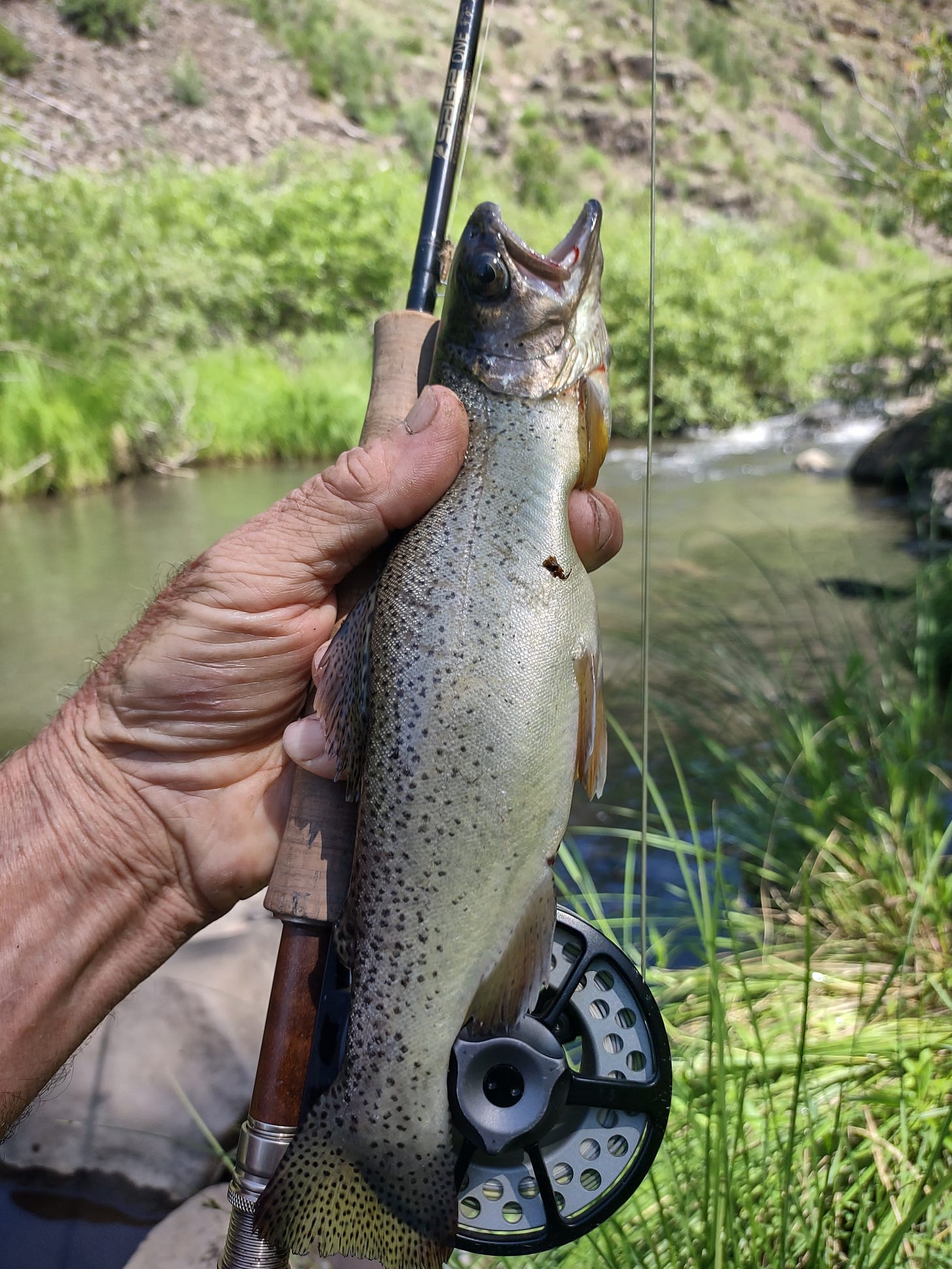
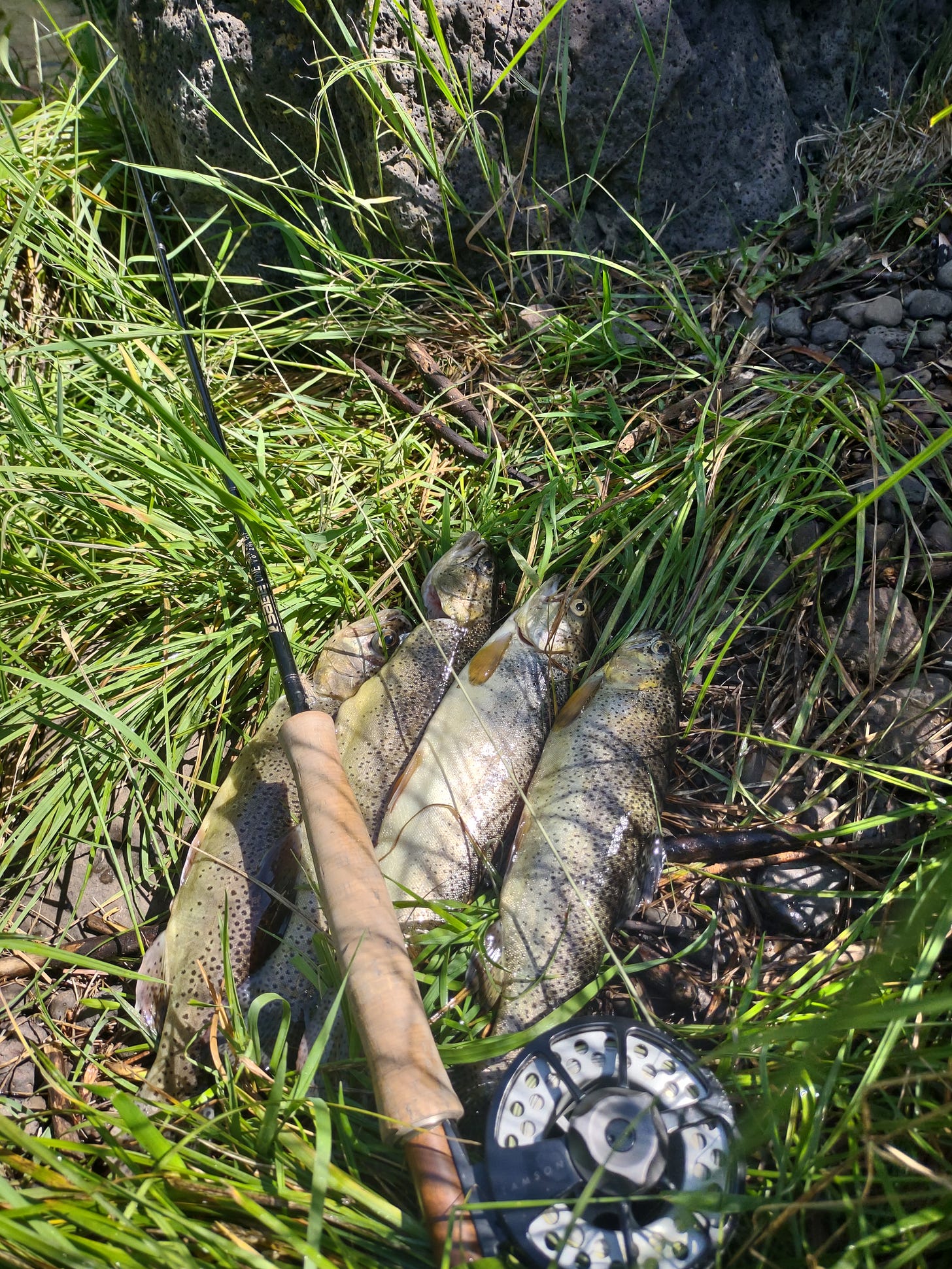
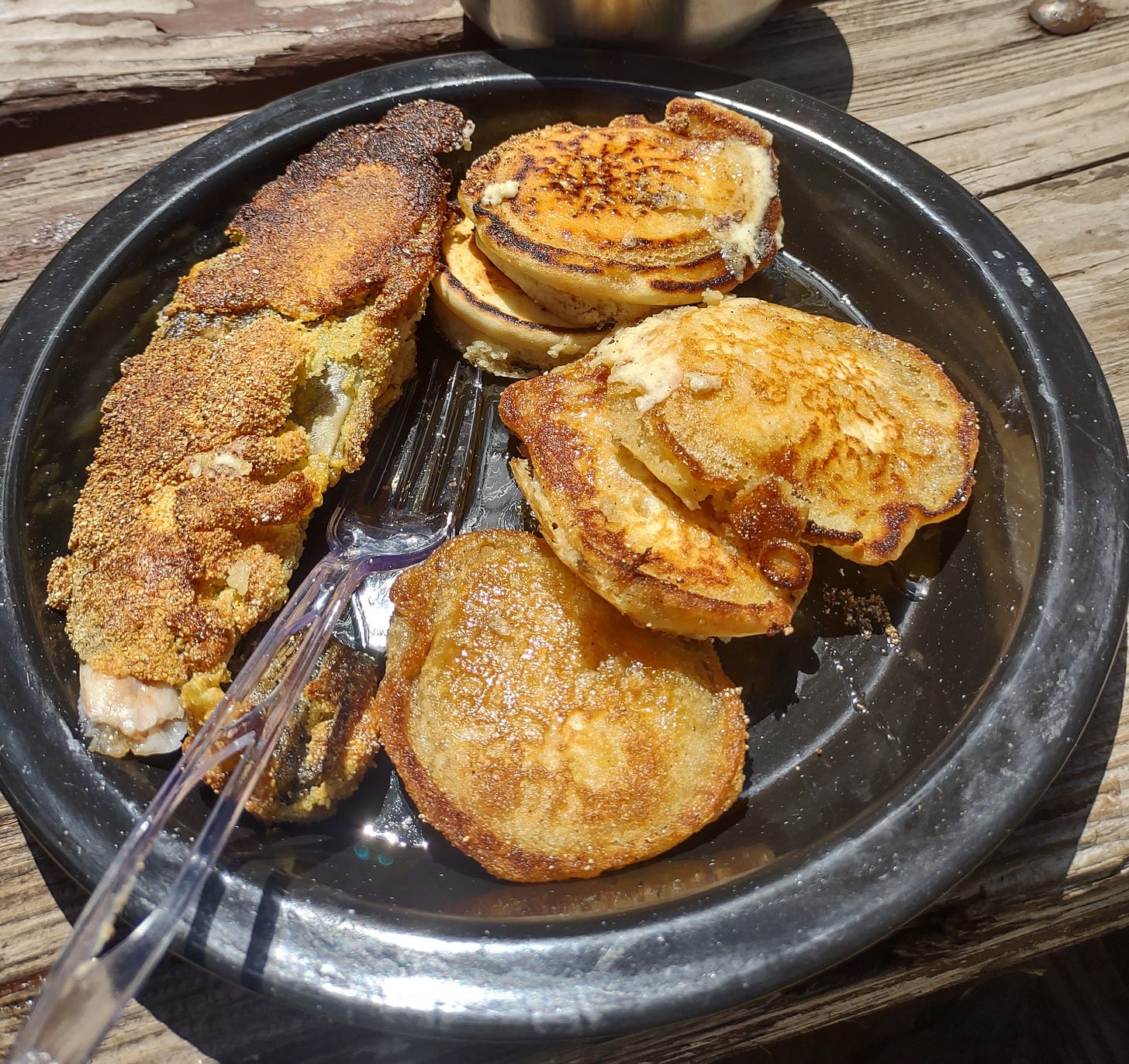
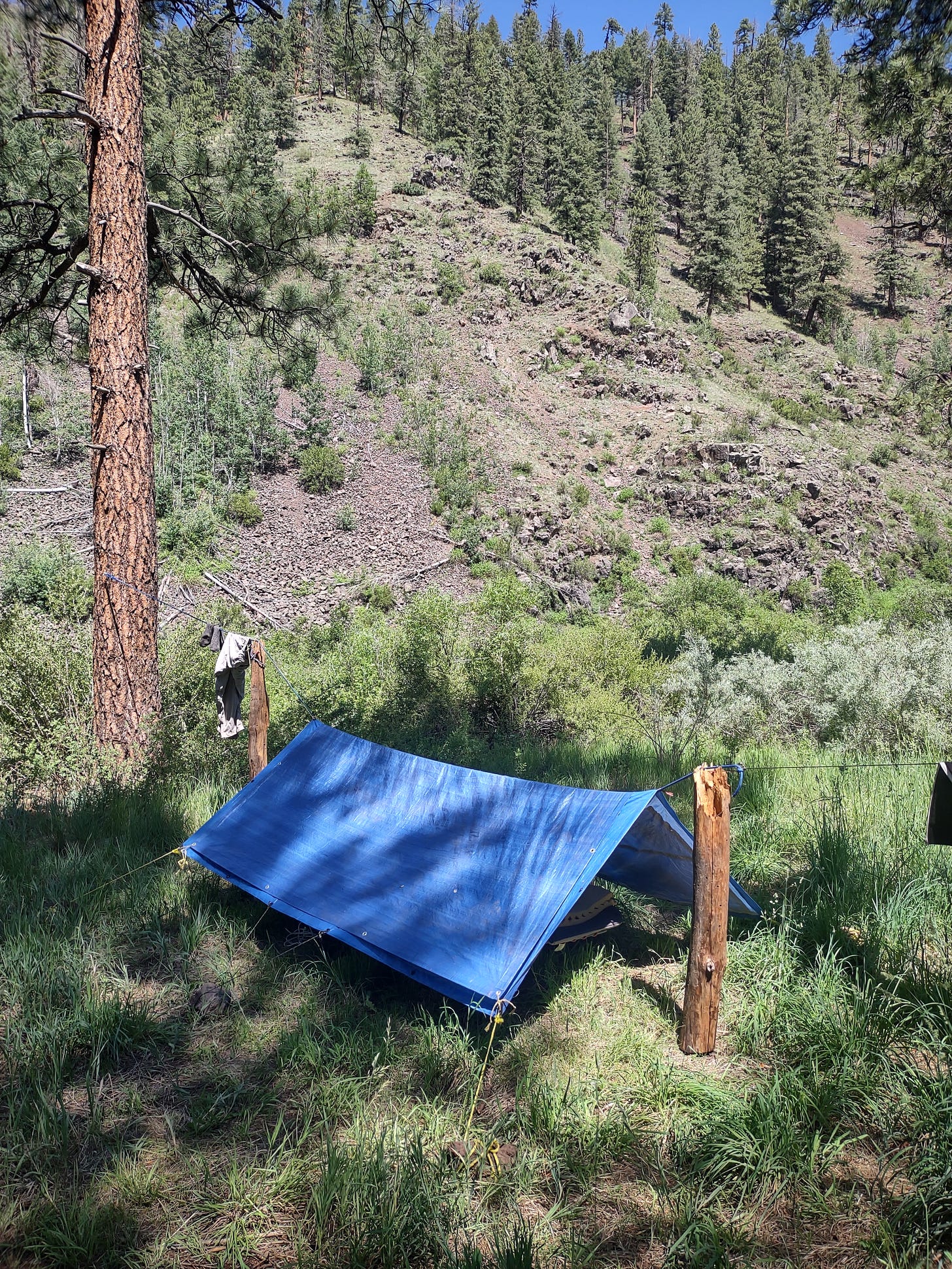
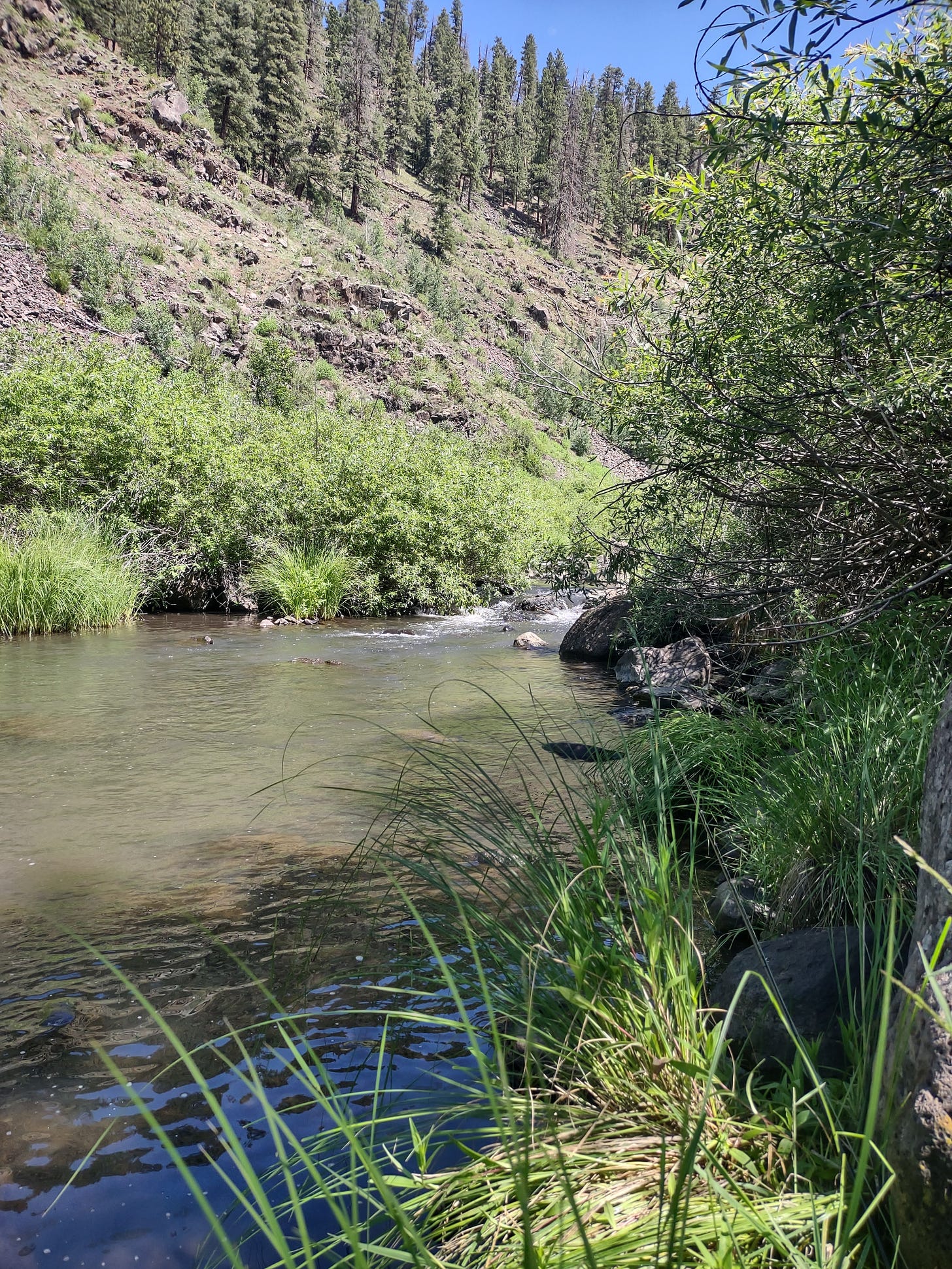
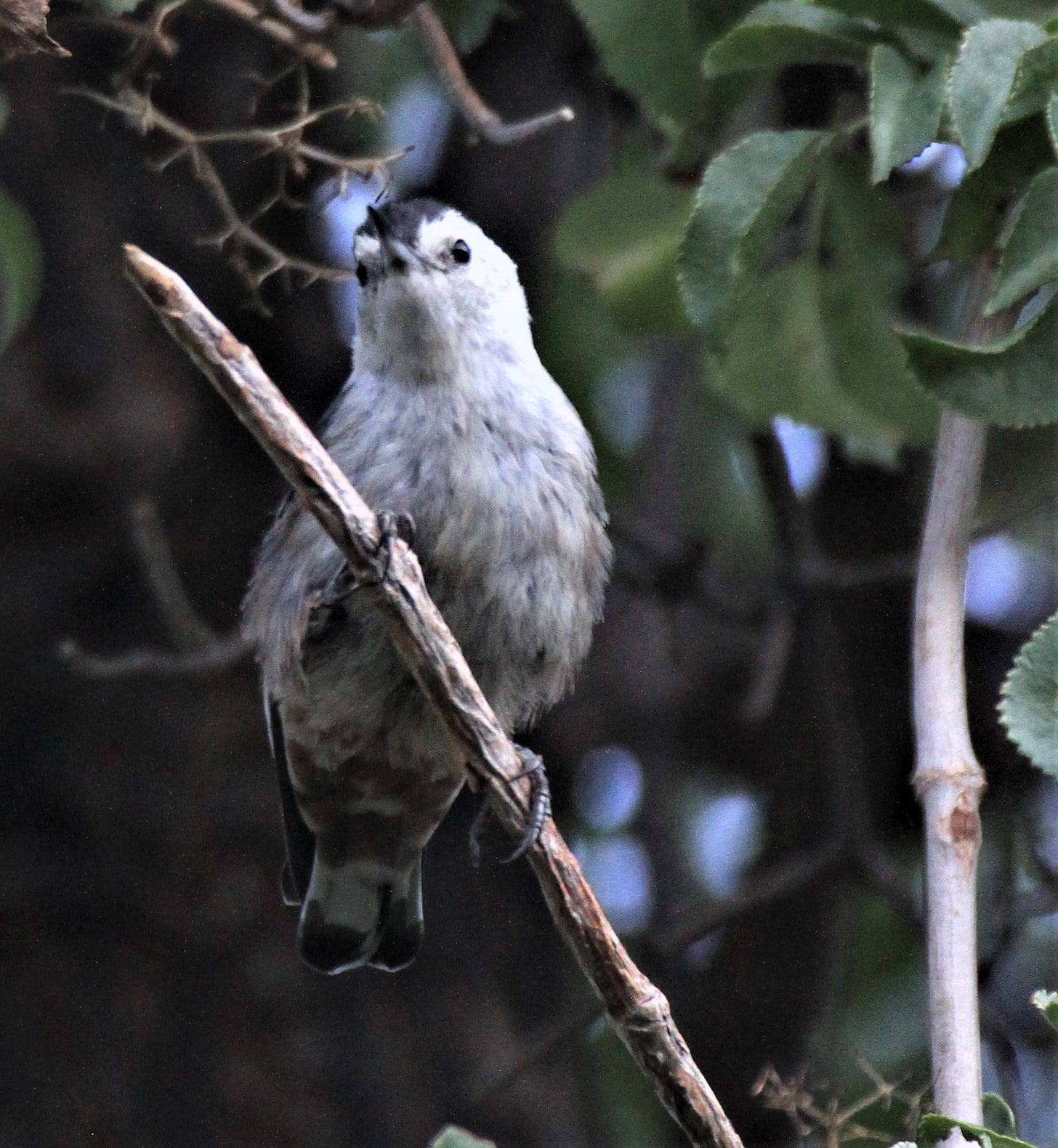
I love this and I love that you had this time away. Great conservation story there too!
I love that I can see juvenile Green-tailed Towhees along the Black River (as well as Dippers). I have the towhees all winter but had never seen a juvenile until hiking along the Thompson Trail.